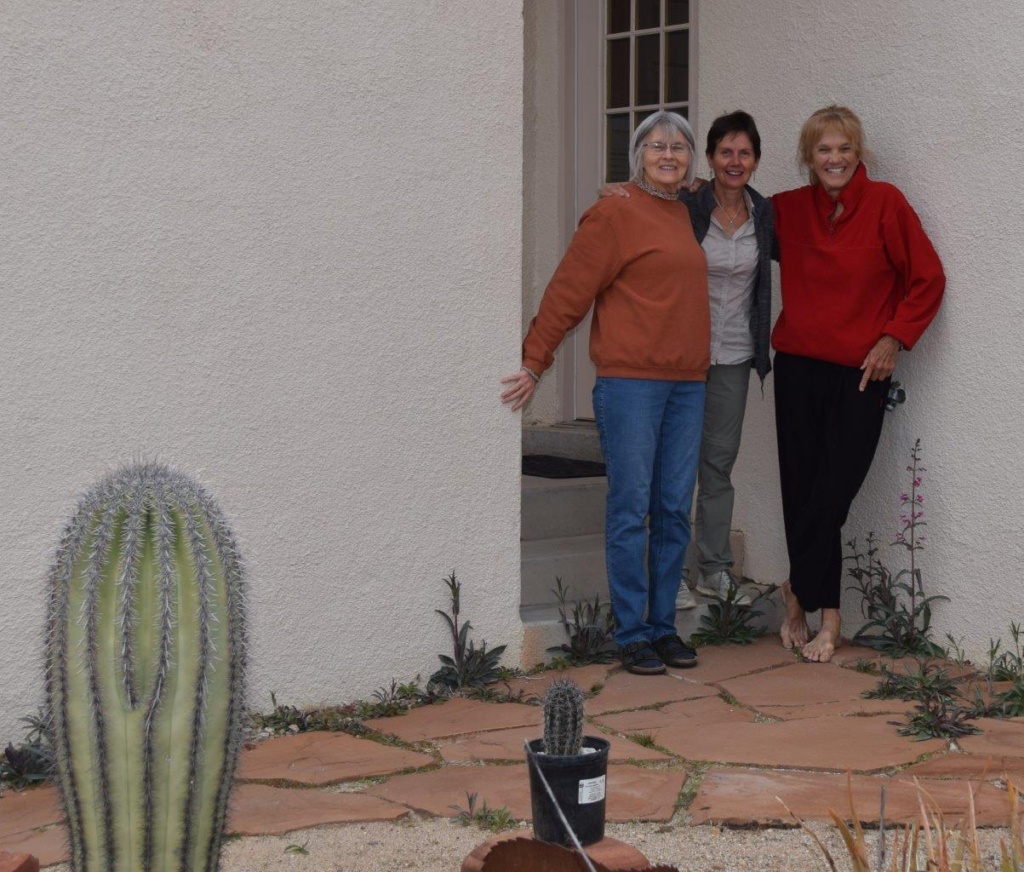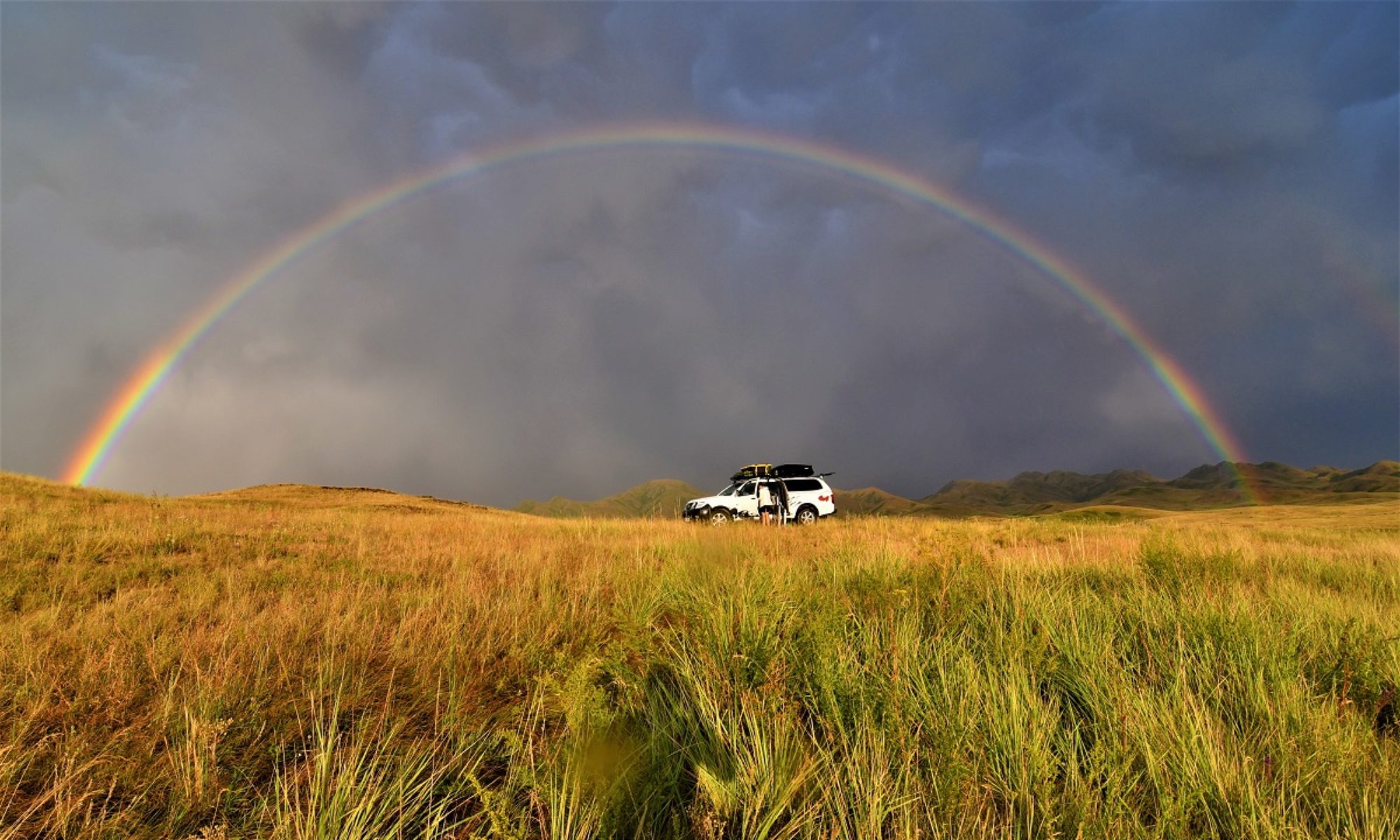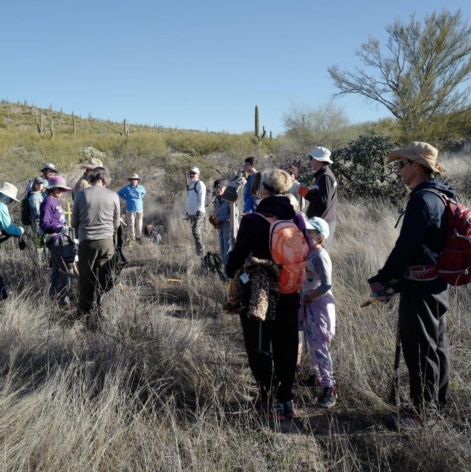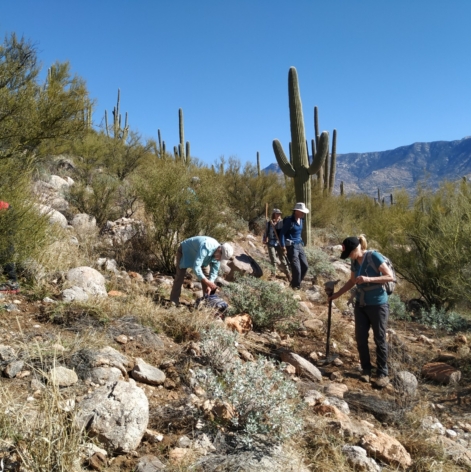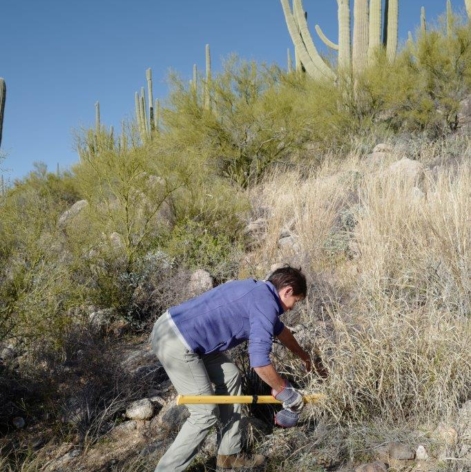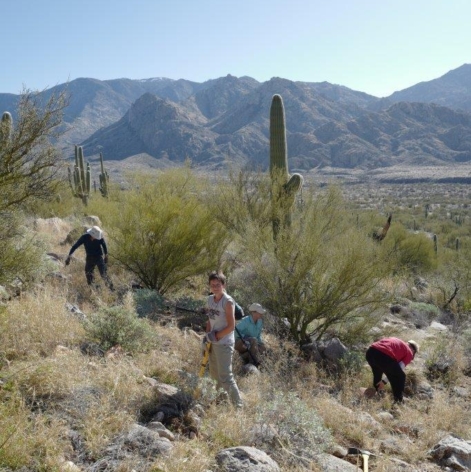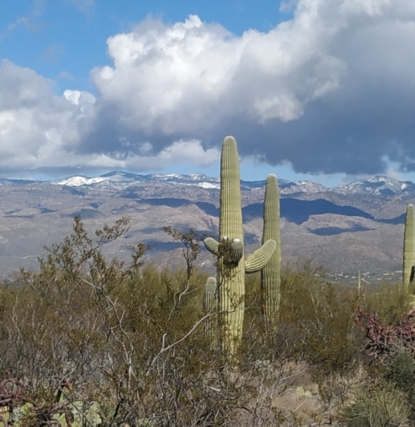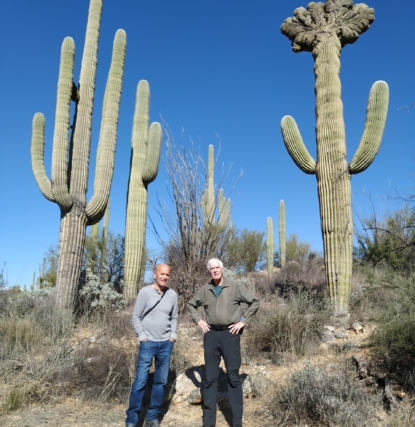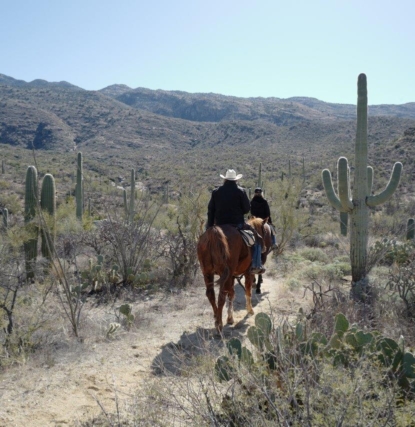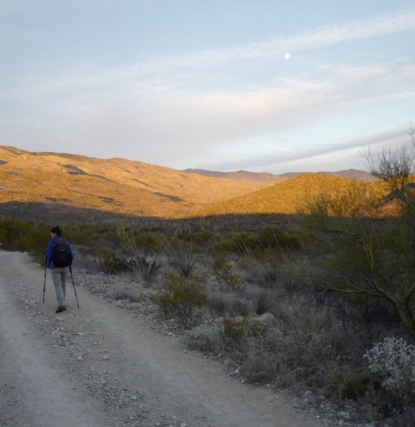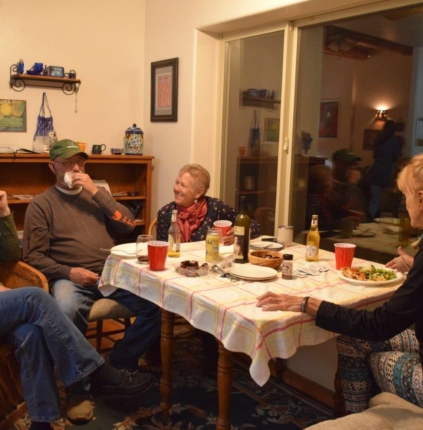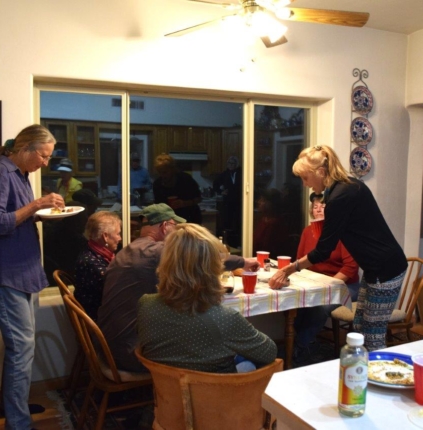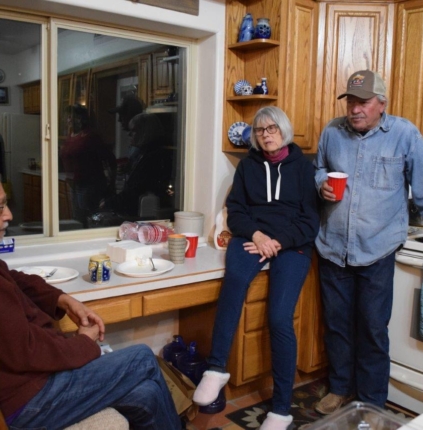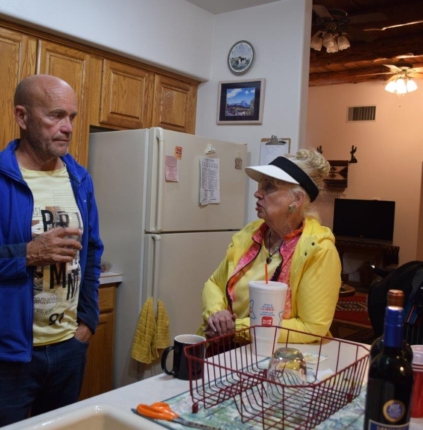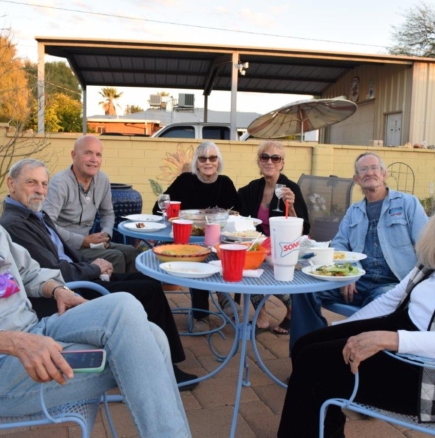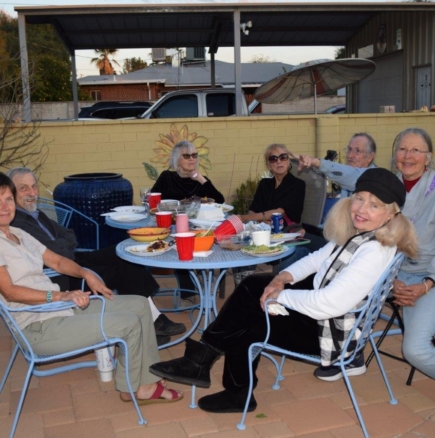February 1 – February 18, 2023
BUFFELGRASS SLAYERS
One Saturday morning, we joined a group of volunteers to pull out buffellgrass in Catalina State Park ( north Tucson). We met at 8 am with around 40 other volunteers, grabbed a long handled garden pick ( mattock), some gloves and had a quick presentation on buffelgrass to help us identify the right plant to pull out !
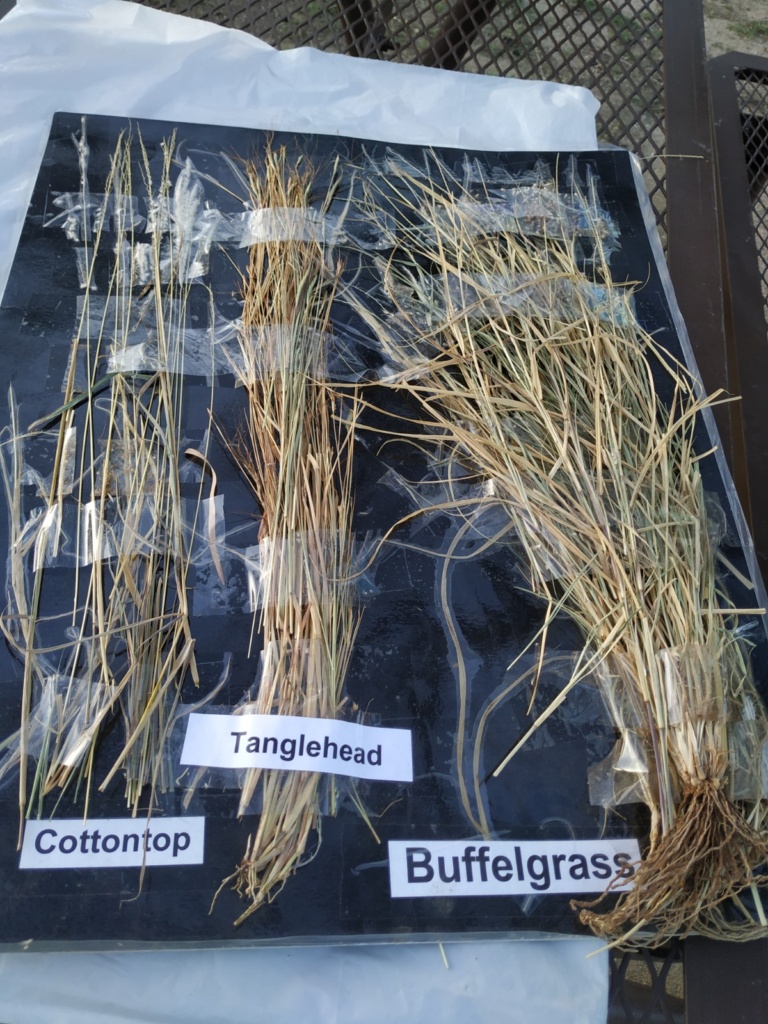
Click on the link below to see our group photo!
We then had a short 30mn hike to the site assigned for clearing.
Buffelgrass is the archenemy of the Sonoran Desert– the invasive grass most likely to cause significant damage to the native ecosystem. Buffelgrass is native to Africa, Asia, and the Middle East. This grass was intentionally brought to arid portions of the U.S. beginning in the 1930s and was planted for cattle forage and erosion control because of its drought tolerance and high seed production. Today it is officially listed and regulated as a noxious weed.
Buffelgrass is a perennial grass that grows in dense, messy-looking clumps. It is highly invasive and is a severe threat to native plants for nutrients, water, and sunshine. Open spaces between native vegetation fill with buffelgrass, occupying areas where wildflowers typically bloom. Dense buffelgrass patches alter the habitat for desert animals and inhibit the growth of native plant forage. In addition, buffelgrass creates heavy, continuous fuel for wildfires which presents a very real threat to habitat, homes, and safety. Typical desert vegetation is sparse, so a fire would not spread and would quickly extinguish itself because of the lack of fuel. Desert fires can be caused by lightning strikes during Arizona summer monsoon season. ( late June to September)
[Click on picture to open gallery]
There was also a raffle and my name came first out of the hat: first prize: a baby saguaro cactus !! Such a shame that I cannot take it home with me!!
Other highlights: MORE HIKES
The house is close to Saguaro National Park East and we made full use of its facilities. We went on most of the trails and enjoyed the desert landscape.
Night Hike
We also went on “the night comes alive” hike, led by a park ranger. We were the only ones who turned up at 6 pm for the hike so had a private guided tour of the desert as night falls. We learned some interesting facts about this special time, the crepuscule, when the sun has just set and you are in partial darkness. The ranger gave us two colour cards and asked us to state the colour we saw as an experiment to show how visual perception changes with diminished light. He explained that some of the desert animals have enhanced night vision to help them find food once the heat of the day has come down.
The ranger had a few gadgets: an ultrasound meter which could pick up bats before we could actually see them flying over and an infrared camera which was showing clearly saguaros in red . This is one particularity of the cactus which allows it to retain the heat of the day and protects it in the cold of night.
The hike lasted a couple of hours and we walked back to the car through the desert illuminated by a full moon: a very special time !
[Click on picture to open gallery]
FAREWELL PARTIES
We had not one but two farewell parties!
We had a pizza night with some of the neighbours and another one at Virginia’s house in town, organised by Moira and Emily/Virginia respectively. We had a great time each night.
[Click on picture to open gallery]
[Click on the picture to open gallery]
It was time for us to leave Tucson. We were sad to leave as we really enjoyed our time there. We made new friends and discovered the beauty of the Sonoran desert.
A big thank you to all for making us feel so welcome.
Irene, Moira, we will keep fond memories of our evening chats with a cuppa!
